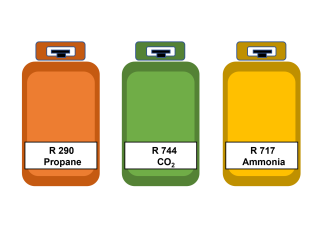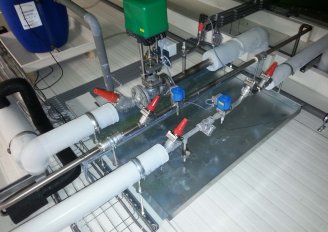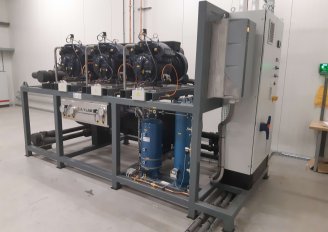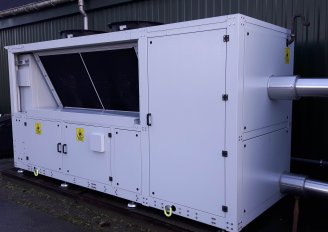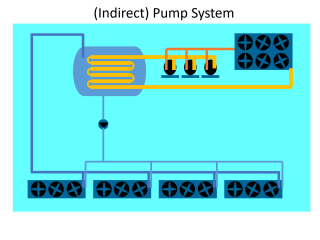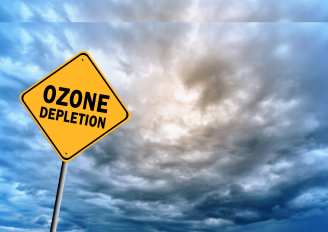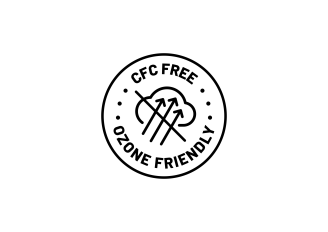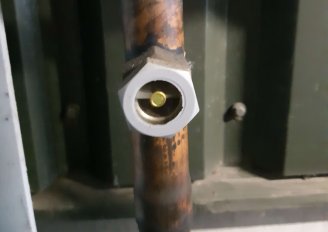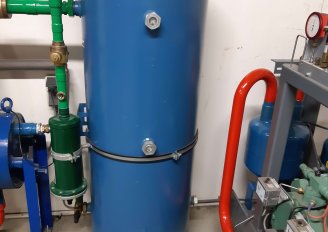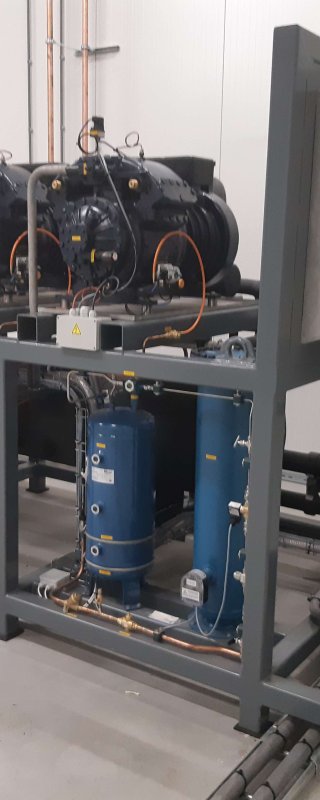
Refrigerants in postharvest refrigerating systems
Refrigerants in postharvest refrigerating systems are used to create the temperature difference needed to transport heat from the cold storage room to the warm outside. The choice for the most optimal refrigerant is mostly based on safety (product, environment and people), refrigerating capacity and temperature level(s) of the refrigerating system for its application in the fresh chain. Every refrigerant has its specific characteristic in efficiency in range of temperature / pressure, ozone depleting factor, global warmth potential, safety (explosion, fire, pressure, health) and many more.
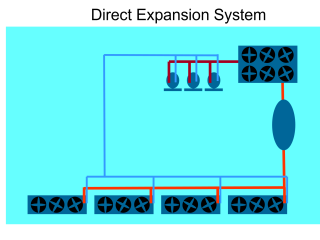
Primary and secondary refrigerants
Refrigerants can be classified in many different ways e.g. primary and secondary refrigerant. A primary refrigerant is used in the active cycle where the temperature is lifted by pressure change. A primary refrigerant always makes use of phase change (liquid -> gas -> liquid) to uptake/reject heat. A refrigerant only transporting heat over a distance is a secondary refrigerant (or brines). Secondary refrigerants, are mostly in liquid phase only and do not change phases. Other used classifications are natural/synthetic, boiling point/boiling traject, toxic /non-toxic refrigerants.
